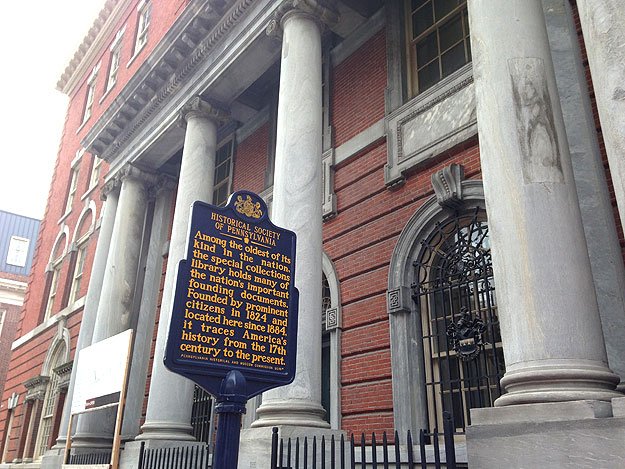In Praise of Downsizing
My initial proposal for what to do with our Philadelphia History Initiative funds argued for helping the Philadelphia History Museum downsize. Our semester has been full of readings about the problem of unsustainable growth in the cultural sector, compounded by a harmful belief that growth = success. This week's readings reinforced my belief that in order to save the cultural sector, downsizing needs to become more accepted.
There is precedent for downsizing
In 1990, the Historical Society of Pennsylvania was suffering. According to Stephen A. Greyser and Stephanie Woerner's article about HSP's transition, though it was over 100 years old, HSP did not have a structured budget, had not collected any data about program effectiveness, and faced internal confusion about the Society's mission. The new CEO Susan Stitt addressed these issues by first cutting staff and new programs. She urged the board to craft a new mission statement. Stitt argued that the Society should give up its museum holdings to focus solely on acting as a library. She called this plan "the 'get smaller to get better' option."

Historical plaque in front of the Historical Society of Pennsylvania. Courtesy of CBS Philadelphia.
While the article details various points of dissent towards this plan, it made sense to me. HSP was living beyond its means, largely because it did not understand its actual benefit to the community. Upon reflection, HSP was a much more effective library than a museum, and thus it made sense to shrink and restructure around that mission. Downsizing can be a solution.
And the Philadelphia History Museum was hurt by growth
When HSP decided to give up its museum holdings, they had to go somewhere: the Philadelphia History Museum, who is now suffering from too much growth.
In 1999, the Museum obtained the Society's approximately 10,000 items in order to "expand the scope of its operations." While HSP intended to improve through shrinking, the Museum intended to improve through growth. The agreement was only valid as long as the Museum "has a viable plan to secure the financial, professional and physical capacity" to preserve the objects and make them accessible to the public. We now know that this was not the case for long.

The warehouse where the Museum stores its overflow of objects. Courtesy of Google Maps.
Today, HSP is doing much better than the Museum. I believe that that is in large part because HSP successfully downsized and refocused while the Museum expanded beyond its means. I would be interested to see what kinds of plans the Museum presented HSP in order for them to feel confident in the Museum's ability to meet the agreement.
So where should our money go?
I stand by my proposal to help fund moving and reorganizing fees necessary to help the Museum downsize and refocus in a move to Temple University. This week's readings reinforced my belief in the idea. However, I doubt we'll have enough details about their specific situation in time to give them the Steem.
At this point, my favorite idea is @charliehersh's plan for contributing to Art-Reach. I think that making pre-existing unpaid internships into paid ones is a simple and effective way to use our money for the benefit of the community.
Where do you think our 3,000 Steem should go? Check out @phillyhistory's posts for our other funding ideas.
Sources:
Greyser, Stephen A. and Stephanie Woerner. "The Historical Society of Pennsylvania." Harvard Business School. November 20, 1996, revised February 5, 1997.
"Agreement Between Historical Society and Atwater Kent Museum." July 20, 1999.
100% of the SBD rewards from this #explore1918 post will support the Philadelphia History Initiative @phillyhistory. This crypto-experiment conducted by graduate courses at Temple University's Center for Public History and MLA Program, is exploring history and empowering education. Click here to learn more.